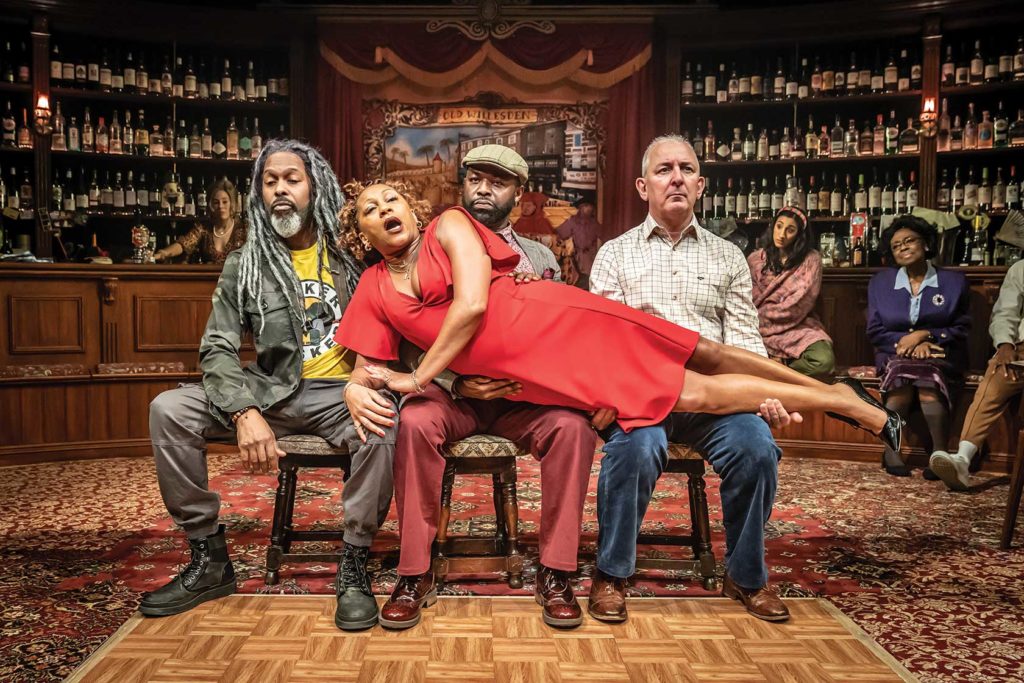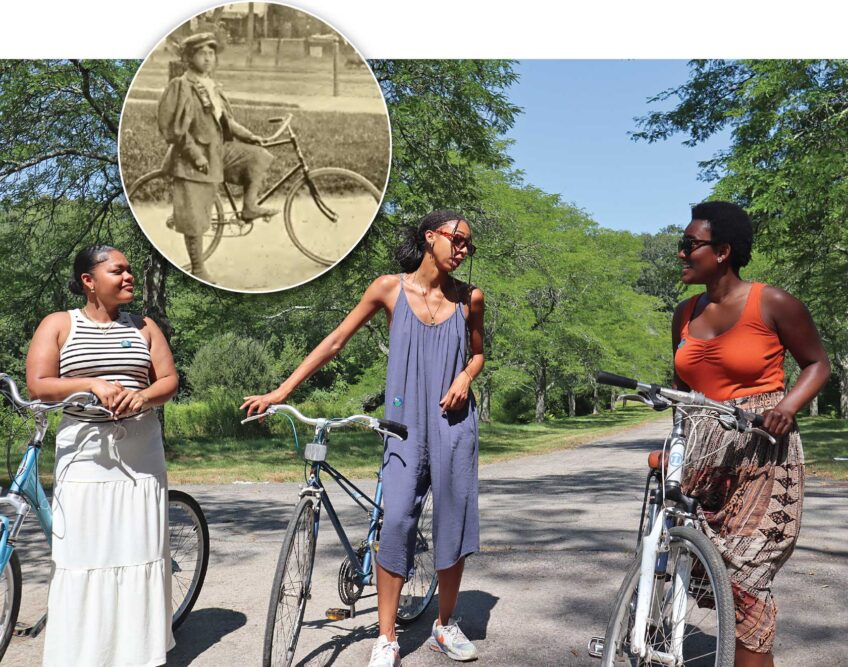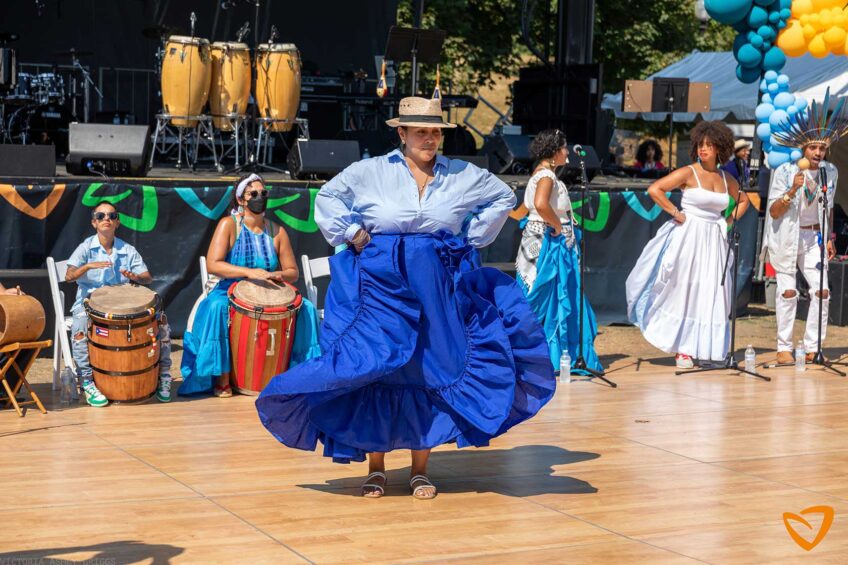
Writing in the late 1300s, Geoffrey Chaucer composed the first masterpiece in the English language, “The Canterbury Tales.” Of its 28 characters, who are pilgrims traveling from London to the Canterbury Cathedral, the most memorable is the Wife of Bath. Dwarfing her actual tale is its expansive prologue, in which she joyfully tells of her satisfying life, her five husbands, all now deceased, and her present state as a middle-aged, well-off woman ready for still more love and life.
The wife, whose given name is Alison, also weathers hard times well. When her fifth and youngest husband, the one she married for love, becomes hooked on misogynist tales that degrade women, she tears up his book. A fierce and bloody fistfight follows, leaving her deaf in one ear, but it concludes with her husband voicing her preferred form of endearment, submission to her will.
Now meet Alvita, Alison’s 21st-century reincarnation as a Jamaican-born British woman in her 50s. She is a creation of award-winning author Zadie Smith, whose play, “The Wife of Willesden,” is a contemporary adaptation of Chaucer’s tale, with the bawdy exuberance and self-respect of its heroine intact. Smith’s title honors her own neighborhood, Willesden, in the London borough of Brent, and her play celebrates its selection as London Borough of Culture 2020.
Published in 2021, “The Wife of Willesden” was staged by Brent’s highly regarded Kiln Theatre with two sold-out runs. The second, lasting three months, ended in mid-February.
The North American premiere of “The Wife of Willesden” is on stage at the Loeb Drama Center in Harvard Square through March 17. The production will then travel to the Brooklyn Academy of Music.
Smith’s retelling turns Chaucer’s pilgrimage into a pub gathering, and when staged at the Kiln, the theater was transformed into a pub. One can easily imagine the pleasure of a newly post-pandemic audience celebrating its community in its own theater, seated as if in a pub and encompassed by the performance.

Scott Miller, Marcus Adolphy, Clare Perkins, and the company of “The Wife of Willesden.” PHOTO: Marc Brenner
Minus the audience’s pub seating, the Kiln production, directed by Indhu Rubasingham, has been transported intact, including its staging, set and the 10-member cast that plays its 28 characters.
At the ART, the play has a traditional stage setting with the audience members as observers. Smith’s wit-packed script is not entirely audible in the rapid onstage exchanges. As a result, the “prologue” phase of this 95-minute, intermission-free production wears thin at times, as the cast, marionette-like, acts out episodes narrated by Alvita, who wears a red dress and spiked heels. As Alvita, Clare Perkins is a force of nature, and Ellen Thomas stands out as Alvita’s Aunt Polly, a corrective and supporting presence in a prim blue suit.
Following her prologue, Alvita, now mercifully barefoot, introduces her tale, which unfolds as a visual fantasia.
Smith has transplanted the Wife of Bath’s tale of of a knight gone bad who seeks redemption from King Arthur’s court to a community of “maroons,” Jamaican descendants of African slaves.
Echoing Alvita’s fifth husband, who, after their near-death combat, tells her, “What’s best for you is clearly best for me,” the tale concludes as the newly redeemed Young Maroon tells his future wife, “You do you. If you’re into it, I’m, like, on board too.”







